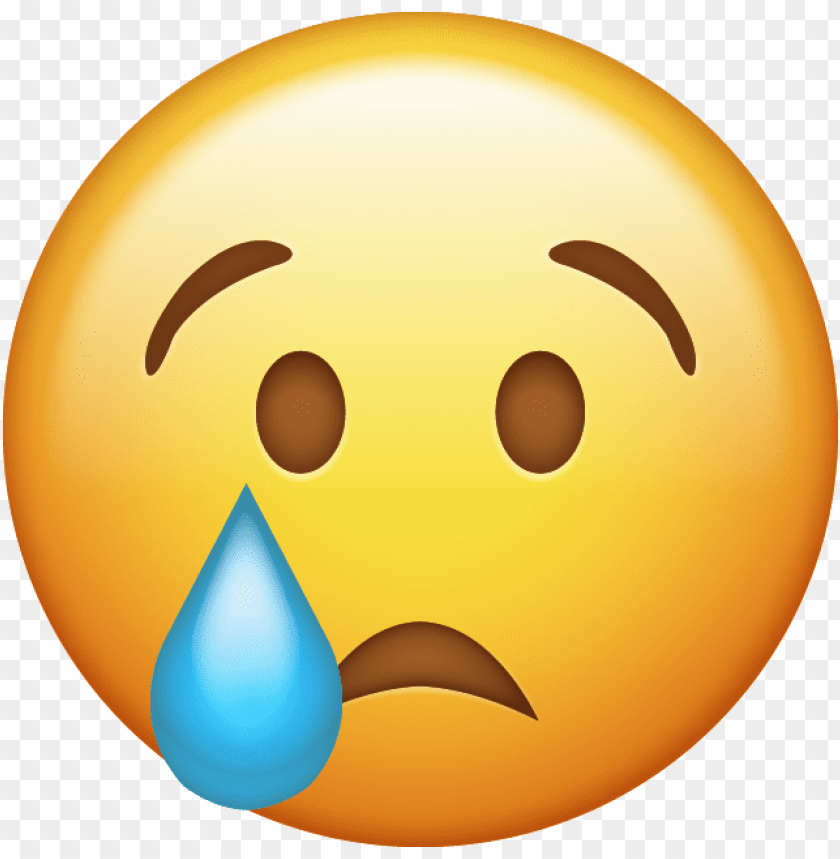
University life. Last week I briefly discussed an article referred to me by our youngest son. One of the key parts of that article was an analysis of how the current “twitter culture racing to conclusions” has negatively affected inquiry at universities. The article was fresh on my mind when I noted another event.
This week, a philosophy professor at Portland State University resigned. Among other things in his resignation letter, he wrote:
“I never once believed — nor do I now — that the purpose of instruction was to lead my students to a particular conclusion, rather, I sought to create the conditions for rigorous thought; to help them gain the tools to hunt and furrow for their own conclusions. This is why I became a teacher and why I love teaching. But brick by brick, the university has made this kind of intellectual exploration impossible. It has transformed a bastion of free inquiry into a Social Justice factory whose only inputs were race, gender, and victimhood and whose only outputs were grievance and division.
Students at Portland State are not being taught to think. Rather, they are being trained to mimic the moral certainty of ideologues. Faculty and administrators have abdicated the university’s truth-seeking mission and instead drive intolerance of divergent beliefs and opinions. This has created a culture of offense where students are now afraid to speak openly and honestly.”

Thoughtful comments. The induction into the NBA Hall of Fame this week included a speech by Chris Bosh. I was moved by his insights into himself and his positive message.
He recounted moments that made him cry: he was bullied by childhood classmates for wearing an untrendy jersey; he lost a key game in the high school playoffs; his Heat was upset by the Dallas Mavericks in the 2011 Finals; and he received the career-ending diagnosis during a doctor’s visit. (He had recurring blood clots forcing him to retire for health reasons.)
“I like to think that all of those tears … weren’t endings,” he said. “They were beginnings. They weren’t moments that made me want to stop working. They were moments that made me want to work even harder. When I think about it, they were more than tears. They were the water that made it possible for the seeds of greatness inside me to grow.”

Response to 9/11. Last week, our granddaughter, Ashton, moved to New York City, just in time to commemorate 9/11. Approximately 3,000 people died in events of 9/11. Many more have suffered consequences since that time.
Several years ago, Jeny took the granddaughters to New York. She took them to the 9/11 site. They did not want to go. They believed the site would make them sad. To Jeny’s credit, they went. She wanted them to face the reality of what happened and have a memory they would never forget.
After that event, our country came together in the War on Terror. We have endured new inconveniences such as TSA at the airports. We have spent 23 trillion dollars on militarism fighting terrorism in the Middle East. As many as 20,000 soldiers and independent contractors died in the fighting. Many more suffered trauma and injuries.
Just as Jeny wanted the granddaughters to have an unforgettable memory, we should never forget and must continue to be vigilant in the War on Terror. I am somewhat of an isolationist and prefer fighting a defensive battle with minimal military intrusions into other nations, but I want us to be vigilant and powerful enough to defend ourselves and our allies.
We must be vigilant, because not only is there evil in the world, there is hatred for Christianity, Judaism, and all things American in SOME peoples’ minds.

The War on Covid. I am struck by the difference in our response to 9/11 compared to our response to COVID.
After 9/11 we came together accepted inconveniences, committed resources, placed our troops in harms’ way for the War on Terror. But in the War on COVID some people resist even small inconveniences that would save lives. In other words, some fight a requirement to wear masks but take off their shoes to go through screening.
Our country has not fought COVID with the tenacity or the resources of the war on terrorism. We have been willing to sacrifice many lives for the sake of our convenience and our economy. I am not being critical: I am being realistic. We should be honest about how our country has approached the War on COVID.
To understand my point, consider a young woman from New Zealand who is on the South Alabama women’s golf team. She chose not to go home for Christmas break because she would have had to spend the first two weeks in quarantine at her parent’s expense.
I did some checking to see if such Draconian steps are working. If you do not understand how fighting the War on COVID could save lives if we as a nation took other measures, consider the following statistics
;
Mobile, population 186,542, has had 1114 deaths from COVID and counting.
Alabama, population 4,934,193 has had 12,605 deaths from COVID and counting.
The United States, population 332,775,534, has had 667,528 deaths from COVID and counting.
New Zealand, population 4,860,643, has had 27 deaths from COVID and one in the last six months.
Obviously, there are many different variables between the US and New Zealand, but the point is — COVID can be successfully fought in ways that save many lives, if people are willing to reduce their freedoms. We have chosen more freedom, fewer inconveniences, a more wide-open economy and the consequence has been more deaths.

Atonement. Today is the last day of Yom Kippur, a high holy day in the Jewish faith. I hope my Jewish friends had a meaningful day. To my limited understanding the day is for repentance and atonement. Both of those are good activities for all of us.

Jeny. For the second week in a row, Jeny’s numbers prevented her from getting her fourth chemotherapy treatment. She will try again next week.
Many people have expressed their love for her – we are truly grateful.
Peace
Jerry
I fear I was not clear about what I am doing at the end of my blog. For several years I have had disorganized thoughts about how to approach social injustice. Many of them have been expressed separately in previous blogs. I have wanted to pull them together in a long essay or very brief book. I have not had the discipline to put them together.
In an attempt to strengthen my resolve to accomplish the task, I committed to writing a section each week and posting it after my sign-off. That way, I am under the pressure to produce, but if people are not interested in the topic, they can ignore it. For those who are interested, I welcome feedback and I received some recommendations about the introduction. I hve reworked it and included it with my second section
Last week, was meant simply to be an introduction. I made it clear I am committed to the fight for social justice. My essay will be about HOW we attack the issue of social injustice. I will be challenging the dominant model or paradigm for the problem. To begin my argument, after the brief introduction I describe the dominant view as I see it. That is the section for today.
My essay:
Racism is not alive and well in America, at least not down here in Alabama.
If you read the title and assume I am someone with a closet filled with white robes and pointed white hats, you are wrong. I am not a white supremacist spewing misunderstanding and hate.
I have spent my adult life supporting justice within the realm of my influence. I have actively sought to educate myself, my family, my friends and associates on justice issues. I have sought to treat people fairly and expect the same from our laws and from others. The present essay is a continuation of my desire for social justice.
I will repeat the following comment several times: my essay is about HOW to fight not whether to fight. My thoughts are not dismissing the fight for social justice. I give my analysis of the model commonly used in the struggle for social justice and then take a look at an alternative model.
My hope is a different model will improve understanding of the struggle. My hope is a different model will be increase prevention. My hope is a different model will increase social justice.
If anyone finds fault with my facts, my assumptions or my logic, I will welcome a dialog. Dialog means we both listen before criticizing. I promise to listen to you, all I ask is you respect my intentions. My comments will challenge the well-established model. I hope you will hear them and they will make sense, even if you disagree.
What is the dominant model for understanding social injustice in America?
If I ask most Americans,” What are the most common ideas used to discuss social injustice?” many terms might be given, but I believe race, racist and racism would be at the top of the list. In other words, the model for understanding social injustice begins with race, racist behavior and racism.
Most people believe racist behavior is the biggest issue and racism is either another name for racist behavior or the cause of racist behavior. In more formal terms, race, racist behavior and racism are necessary conditions for understanding social injustice in America.
I may be wrong, but in my opinion most people think of race as a physical trait like height and weight. Racist behavior is inappropriate behavior based on that physical trait. Racism is used either as a substitute for racist behavior or as the cause of racist behavior. Racist actions and racism are based on the assumption— race is a physical trait.
When racism is used as a cause, many people use the term in the sense of a physical entity. To them, racism is alive and real. They talk write and think as though racism is a virus other people catch and they do not have.
Since race is such a critical term, next week I will examine the origin of the word.
0 Comments